Incredibly, 60 percent of adults in the United States have admitted to driving while drowsy. It may be hard to believe, but experts argue that drowsy driving is just as dangerous as driving while drunk. The impact of sleep deprivation and exhaustion on your body is similar to intoxication. Your reaction time is decreased, judgment is clouded, awareness is limited and the risk of crashing is significantly increased. This severe drowsy driving problem puts every driver at risk.
Frequently reported symptoms of drowsy driving are trouble focusing, excessive yawning, drifting from your lane, heavy eyelids, bobbing your head, hitting the side strip and an inability to remember the last stretch of road you just drove. If you start experiencing these symptoms behind the wheel, then it’s advisable to pull over rather than risk your safety.
Unfortunately, many Americans struggle with sleep disorders or don’t get enough sleep due to their responsibilities. This group is at high-risk for experiencing drowsy driving. Additionally, drivers who are taking prescription medicines that make them drowsy are at high-risk. Night-shift workers, employees that work long hours and commercial drivers are all vulnerable to drowsy driving, so it’s crucial for them to learn about the signs and symptoms and practice safe driving.
A 2010 national telephone survey conducted by AAA Foundation for Traffic Safety revealed that an astonishing 41 percent of drivers admit having fallen asleep or nodded off while operating a motor vehicle at some point in their lives. Instances of driving under the influence or speeding are easy to identify, but determining if drowsiness was a factor in accidents is much more difficult. For this reason, drowsy driving has not received as much public attention. It’s difficult to statistically pinpoint how many traffic accidents are a direct result of drowsy driving.
It’s difficult to enforce rules against drowsy driving, but most states do allow police officers to cite drivers when they suspect drowsiness is contributing to reckless driving. Many state roads have either rumble strips or plastic bumps along the shoulder. These preventative measures are meant to alert the driver that their vehicle is leaving the roadway. Another way governments try to prevent drowsy driving is by spacing out rest areas.
On an individual level, it’s important to get enough rest before trying to drive. A passenger can greatly decrease your risk of falling asleep, and they can offer to take the wheel when necessary. Utilize rest stops, listen to music, drink some caffeine and know your limits. Stop at a hotel for a brief nap rather than risking a car accident.
Driving drowsy is a serious concern for all drivers. Some states have considered legislation that could extend the criminal negligence definition to include drowsy driving. Our personal injury attorneys at Andres, Berger & Tran are prepared to defend you if you’ve been injured by a negligent drowsy driver. Our expert consultants include accident reconstruction consultants and forensic investigators who can work to determine if the other driver’s drowsiness contributed to the accident. Contact our firm at 856-317-6558 to consult with our lawyers.
The articles on this blog are for informative purposes only and are no substitute for legal advice or an attorney/client relationship. If you are seeking legal advice, please contact our law firm directly.














